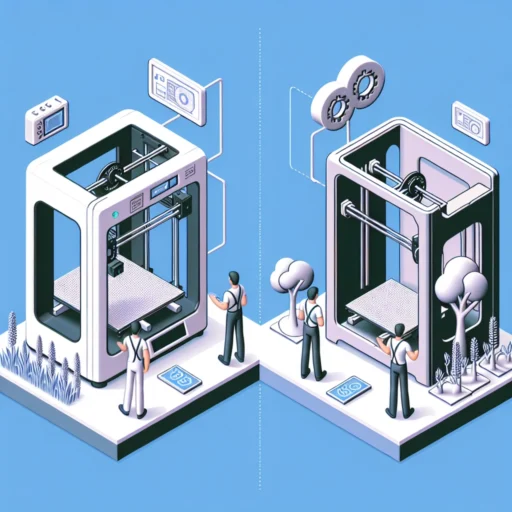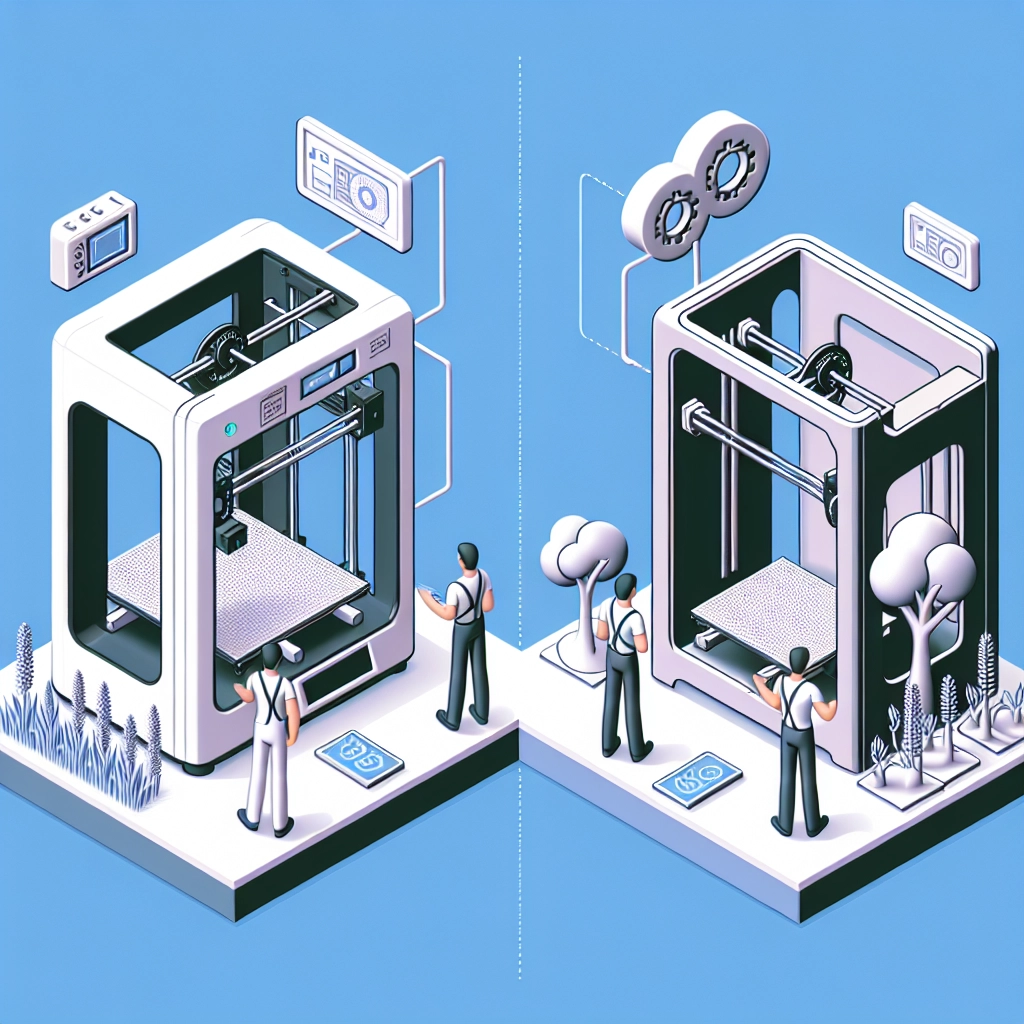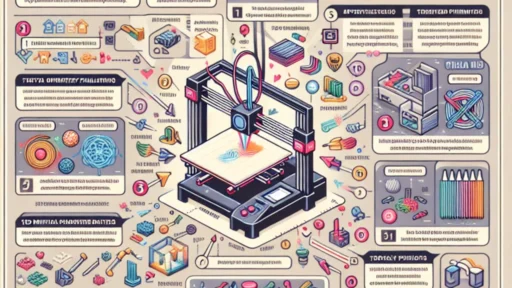Bambu Lab vs. Other 3D Printers: A Comparative Analysis
3D printing has evolved from a niche hobby to an essential tool for professionals across various sectors, including manufacturing, healthcare, and even home crafting. With numerous brands and models flooding the market, choosing the right 3D printer can feel overwhelming. One name that has been gaining traction in the realm of consumer and professional 3D printing is Bambu Lab. But how does it stack up against its competitors? Let’s take a closer look.
Who is Bambu Lab?
Bambu Lab burst onto the scene with their innovative approach and clearly defined vision for high-quality consumer 3D printing. Founded by enthusiasts and professionals, their goal was to create printers that combined speed, quality, and user-friendliness. Their flagship model, the Bambu Lab X1 Carbon, has made quite a splash, showcasing impressive features that appeal to both novices and seasoned makers alike.
Speed and Performance
One of the most significant selling points of Bambu Lab’s printers is speed. The X1 Carbon and its companions are designed to print at extraordinary speeds compared to many traditional models. With a print speed that can reach up to 500 mm/s, these printers can produce complex objects in a fraction of the time it takes other printers. This is particularly appealing for creators who require quick turnarounds for prototypes or parts.
Contrast this with printers from brands like Prusa or Creality, which are well-regarded yet typically operate at lower speeds. While they may excel in print quality for certain applications and materials, their slower performance can be a limitation for those with fast-paced workflows.
Print Quality
When evaluating 3D printers, print quality is always a crucial factor. Bambu Lab doesn’t disappoint here. Their innovative AMS (Automated Material System) is designed to optimize both filament selection and print consistency, which significantly enhances the quality of the final product. Features like adaptive bed leveling and AI-powered error detection further refine the process, creating flawless prints even with materials that are notoriously difficult to use.
On the other hand, brands like the Prusa i3 MK3S are known for their stellar print quality and an extensive catalogue of supported materials. They’re fantastic at producing intricate details but may require more manual tuning and expertise. If you’re just starting, this might be less forgiving compared to the plug-and-play experience offered by Bambu Lab.
Material Compatibility
Another area where Bambu Lab shines is its material compatibility. The X1 Carbon can handle a variety of filaments, including PLA, ABS, PETG, and even advanced composites. While many traditional printers can work with a range of materials, they often require custom setup and might take a few test prints to get right. Bambu Lab’s user-friendly interface simplifies selecting the appropriate settings, making it more accessible for beginners.
Brands like Creality provide a wide range of options too, but the user experience can sometimes vary greatly from model to model. This can lead to frustrations, particularly for those who are not as tech-savvy.
Price Point
Now, let’s talk about the elephant in the room: price. The Bambu Lab X1 Carbon does come with a premium price tag, which might dissuade hobbyists just entering the world of 3D printing. However, for professionals or serious enthusiasts, the features and performance can justify the investment.
When compared to alternatives like the Prusa or Creality offerings, which can be more budget-friendly, Bambu Lab’s pricing reflects its cutting-edge technology and performance. It’s essential to evaluate what you need. If speed, quality, and ease of use are your top priorities, spending a bit more might be worth it.
Community and Support
One last consideration while choosing a 3D printer is community and support. Bambu Lab has started building a strong online community, where users share tips, tricks, and advice. Their customer support is reported to be responsive, which is crucial when you encounter issues.
Competing brands such as Prusa or Anycubic also have vibrant communities full of helpful resources and tutorials. These can be invaluable for problem-solving or learning new techniques, particularly if you’re looking to expand your skills.
As you dive into the world of 3D printing, making a choice between Bambu Lab and other options will ultimately come down to your specific needs, budget, and how you intend to use your printer. Whether you prioritize speed, print quality, or price, there’s something for everyone in this dynamic landscape. And remember, while having the best tool matters, it’s creativity and innovation that will always drive the true magic of 3D printing. So pick your printer, spark your imagination, and start creating!






